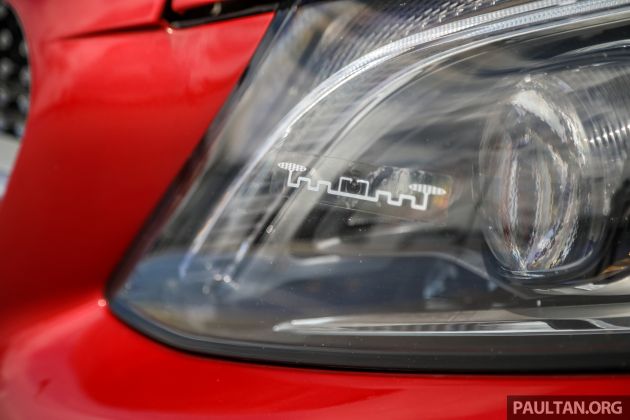Indonesia will be implementing its gateless highway toll collection system by next year, beginning in Jawa and Bali, according to Indonesian news site Detik. Following its implementation in the two locations, the system has been planned for nationwide rollout in 2023, according to the news site.
The uninterrupted-flow toll gantries use what is known as a mutli-lane free flow (MLFF) system, which is one of the methods aimed at at reducing traffic congestion. The system for Indonesia is provided by Hungarian company Roatex through local Indonesian firm PT Roatex Indonesia Toll System.
There will no longer be physical gates or barriers, so it can be said that from the users’ perspective, these will be replaced with virtual gates, said chief business development officer at PT Roatex Indonesia Toll System, Emil Iskandar.
With the removal of physical barriers for the entry into highways in mind, Emil added that the company is prepared for the eventuality of individuals who may attempt passage into highways without detection and therefore payment. To that end, there are two systems in place for prevention, said Emil.
The first is a fixed gantry at each highway entry point, which will be equipped with surveillance modules including cameras that will identify every vehicle that passes through the entry into the highway. The second is a mobile control unit that enlists surveillance personnel, who, according to Emil, will carry out the same functions as those of the fixed gantries in collecting data on all vehicles entering the highway.
Data for vehicles that have been registered, as well as those yet to be registered for entry into the MLFF-implemented highways will be collected, as there will be a possibility of the latter entering the highway without the required registrations, said Emil. The data collected on those vehicles not authorised to enter the MLFF highways will be channeled to the police for subsequent action, he added.
Footage of free-flow gantries being tested in single-lane format emerged in March this year also in Indonesia, and the SLFF (single lane free flow) system was being trialled by highway operator PT Jasa Marga.
Somewhat resembling the system currently used in Malaysia, the RFID stickers for the SLFF system in Indonesia are to be affixed to the vehicle’s headlamps in order to work with the sensors at the toll gantries. The headlamp location for the sticker is the preferred position is this is the least likely to interfere with RFID transmissions, according to a report at the time.
A similar system has been in the works in Malaysia. A roll-out of the MLFF toll collection system was reported by Bernama in 2019, with its implementation slated to take place three years from that date.
The post Indonesia to use gateless multi-lane toll system from next year; nationwide implementation in 2023 – report appeared first on Paul Tan's Automotive News.



0 Comments